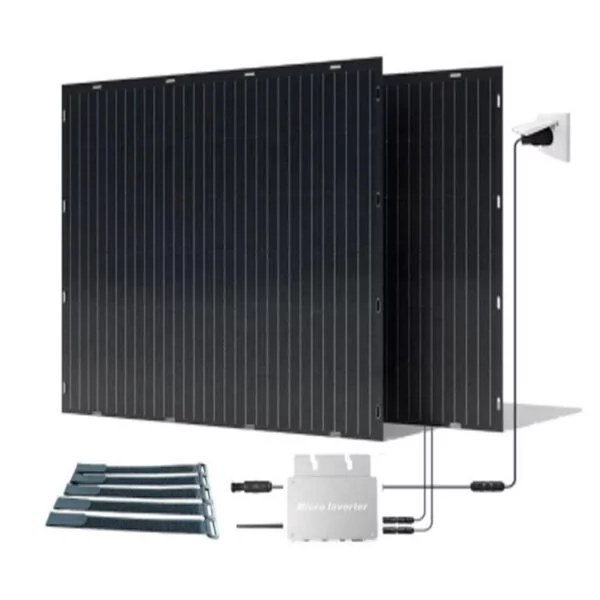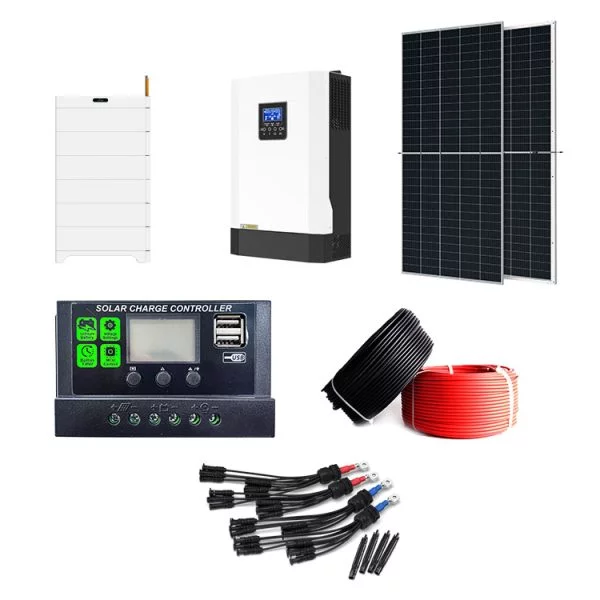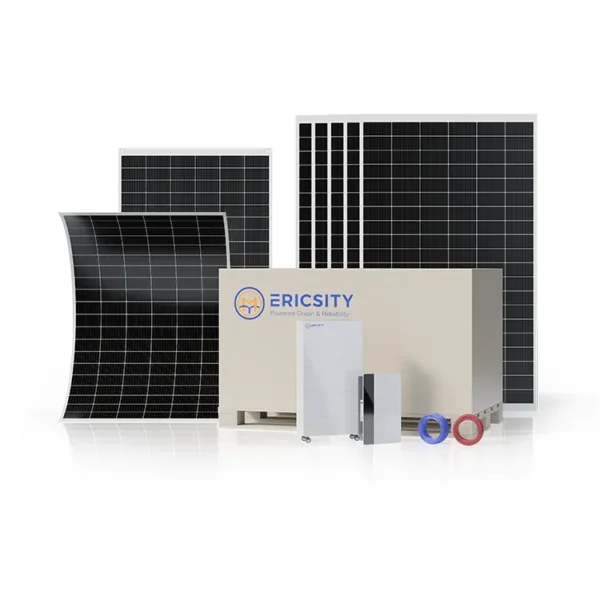HOT PRODUCT
Product Details
The Science Behind 120 Watt Folding Panels: How They Generate Electricity
Title: The Science Behind 120 Watt Folding Panels: How They Generate Electricity
Introduction
Renewable energy sources play a pivotal role in combating climate change. One such source is solar energy, which harnesses the power of sunlight to generate electricity. To maximize the utilization of solar energy, portable solar panels have gained popularity, offering convenience and efficiency. This article delves into the science behind 120-watt folding panels, explaining how they generate electricity.
Solar Energy Conversion
Solar panels are comprised of photovoltaic (PV) cells, which convert sunlight into usable electricity through the photovoltaic effect. The photovoltaic effect occurs within the PV cells, where the interaction between sunlight and a semiconductor material generates an electric current.
Semiconductor Material
The semiconductor material most frequently used in solar panels is silicon, as it effectively absorbs sunlight and converts it into energy. Within a silicon PV cell, there are two layers with distinct electrical properties: the N-type and P-type layers.
N-Type and P-Type Layers
The N-type layer contains an excess of negatively charged electrons, while the P-type layer has a deficiency of electrons but an excess of positively charged “holes.” This layout creates an electric field at the junction between the N-type and P-type layers, known as the P-N junction.
Photovoltaic Effect
The photovoltaic effect occurs when photons (particles of light) interact with the semiconductor material. When sunlight strikes the solar panel, photons provide energy to dislodge electrons from the atoms in the semiconductor material. These freed electrons then move toward the N-type layer, while the remaining holes move toward the P-type layer.
Electric Current Generation
The P-N junction between the N-type and P-type layers acts as a diode, allowing the flow of electrons in one direction. This movement of electrons through the diode generates an electric current.
Structural Elements of Folding Panels
Folding solar panels are designed for portability, allowing users to easily transport and use them in various settings. The key structural elements of a folding panel include:
1. Solar Cells: The folding panel consists of multiple silicon solar cells connected in a series or parallel configuration, depending on the desired output voltage and current.

2. Encapsulant: A protective layer that covers the solar cells, protecting them from environmental factors such as moisture and physical damage.
3. Glass or Plastic Cover: Positioned on top of the solar cells, the cover provides rigidity and protection while allowing sunlight to pass through.

4. Support Frame: The folding panel is typically enclosed in a lightweight yet sturdy support frame, providing stability and ease of folding.
Application and Benefits
120-watt folding panels have versatile applications and are commonly used for charging batteries, powering portable devices, or supplying electricity to remote locations. The benefits of such panels include:
1. Portability: Compact and foldable designs make them easy to carry and transport.
2. Efficiency: Advanced solar cell technology enables them to efficiently convert sunlight into electricity.


3. Flexibility: The folding feature allows users to position the panels optimally to capture maximum sunlight.
4. Durability: Encapsulants and protective covers safeguard the solar cells, ensuring longevity and resistance against environmental factors.
Conclusion
Understanding the science behind 120-watt folding panels enhances our appreciation for their importance in expanding the accessibility and utilization of solar energy. Harnessing the power of sunlight through photovoltaic cells offers a sustainable and renewable solution for electricity generation, mitigating the impacts of climate change. As technology continues to advance, we can expect even greater efficiency and portability from folding panels in the future.




